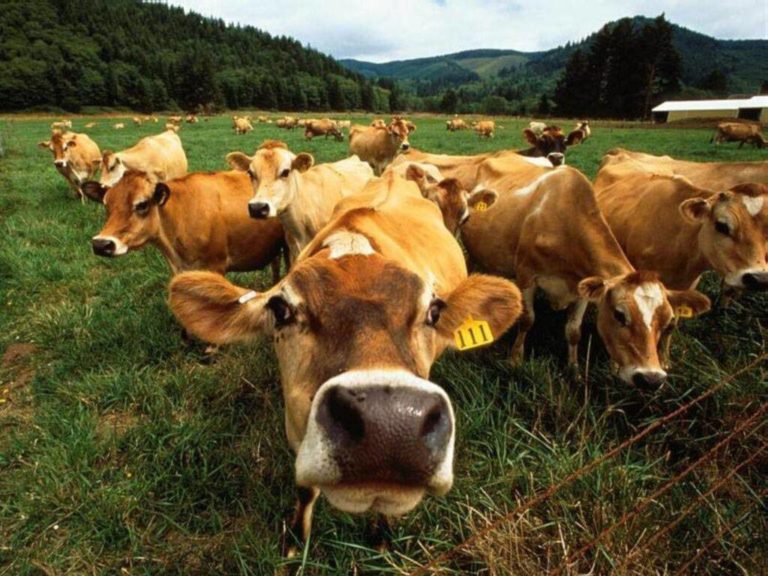
Managing Fresh Cows in the Shed
Keep milk from fresh cows out of the vat for eight milkings One of the most important things about milking fresh cows is to ensure that the milk is suitable to go in the vat.

Keep milk from fresh cows out of the vat for eight milkings One of the most important things about milking fresh cows is to ensure that the milk is suitable to go in the vat.
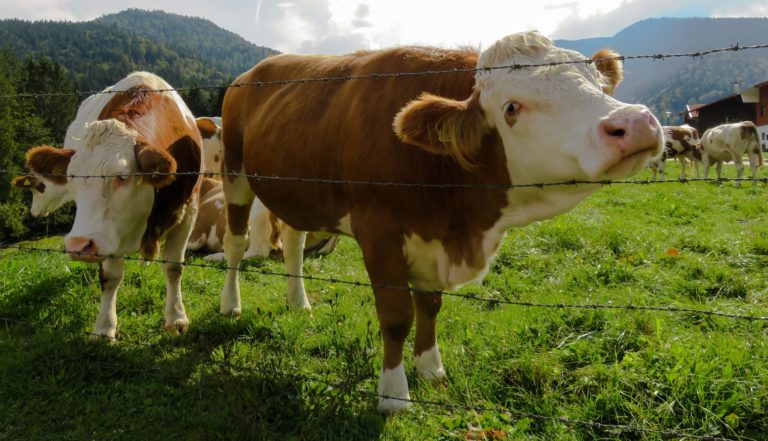
Milk fever is a disorder mainly of dairy cows close to calving. It is a metabolic disease caused by a low blood calcium level (hypocalcaemia). Between 3% and 10% of cows in dairying districts are
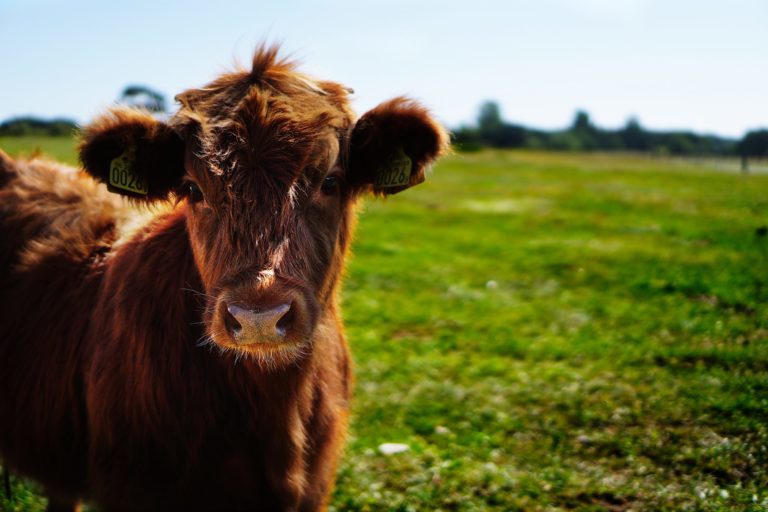
With summer’s arrival, now is the time to start thinking about summer drenching of cattle as part of your strategic roundworm control program. In south-eastern Australia Ostertagia ostertagi (small brown stomach worm) is the major
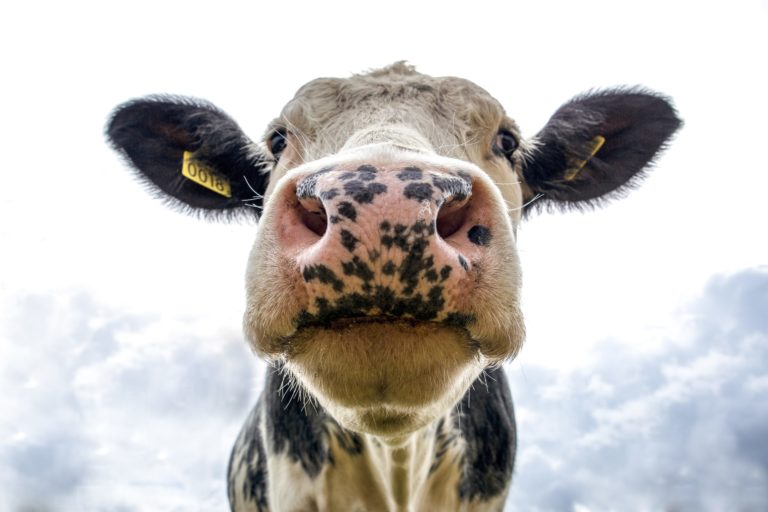
While Dry Cow Treatment has been discussed and used for many years, it is still a critical part of most mastitis control programs. The two main purposes of Dry Cow Treatment are: To cure mastitis
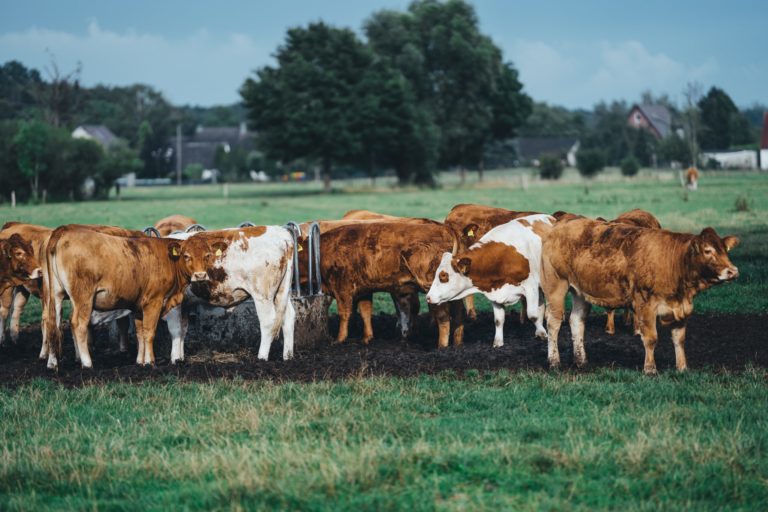
Liver fluke is an internal parasite that can infect and damage the liver and reduce overall productivity of cattle, sheep, horses, pigs, goats, alpacas and deer; humans can also become infected. With up to six
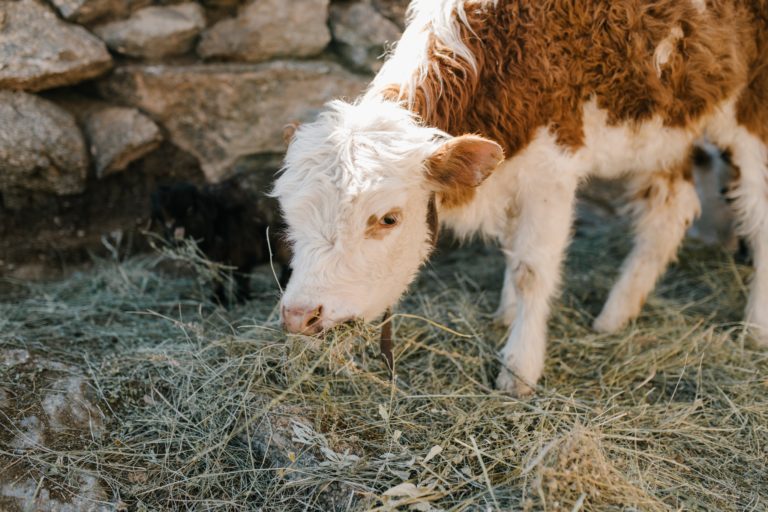
Original interest in selenium primarily related to its toxicity. However, since 1957, this mineral has been recognised as an essential component in the diet of sheep and cattle. Selenium is essential for the formation of

Over recent years, drench resistance has been a continuously growing problem for sheep farmers, even to the newer ML class of drenches. A key component of current best practice for the management of resistance in
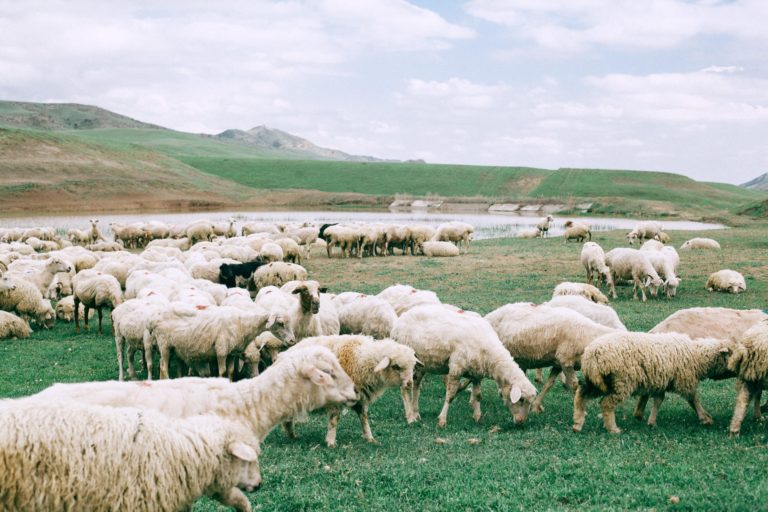
Heavy rainfall and floods during the warm summer months can increase the risk of flystrike. It is a major sheep welfare problem and sheep owners must actively control flystrike. Fleece rot during a wet summer
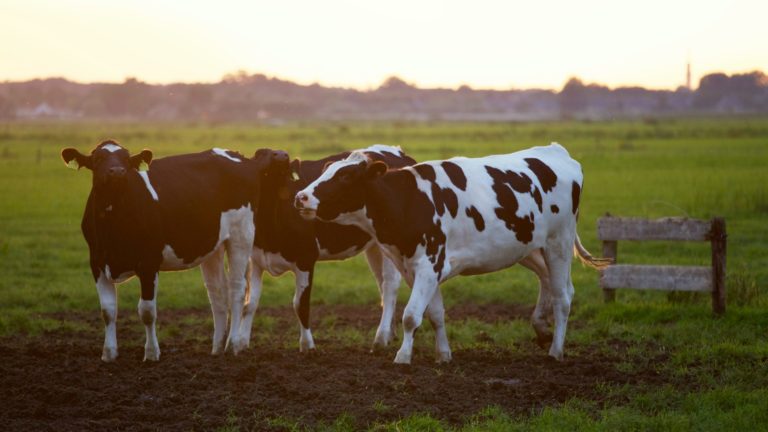
Blackleg, pulpy kidney (enterotoxaemia), black disease, tetanus, malignant oedema and botulism are clostridial diseases that cause death in sheep and cattle throughout Australia.
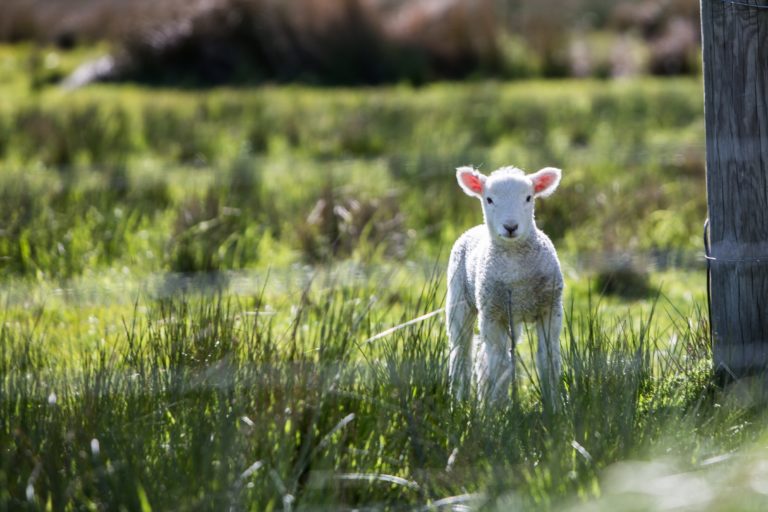
Raising orphan lambs by hand is often the best option. Though survival will depend on many factors, having the right equipment and environment are essential for success.
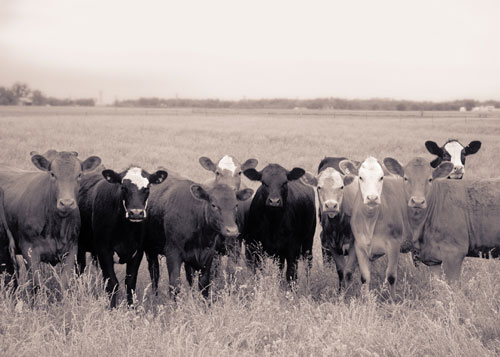
True ‘lumpy jaw’ refers specifically to a condition called Actinomycosis, but in cattle there are other causes of swollen, lumpy jaws.

A very distinct problem for dairy cows is the disease of ketosis, which is related to an increased demand for glucose by the animal.
VetZone - for people who love their pets